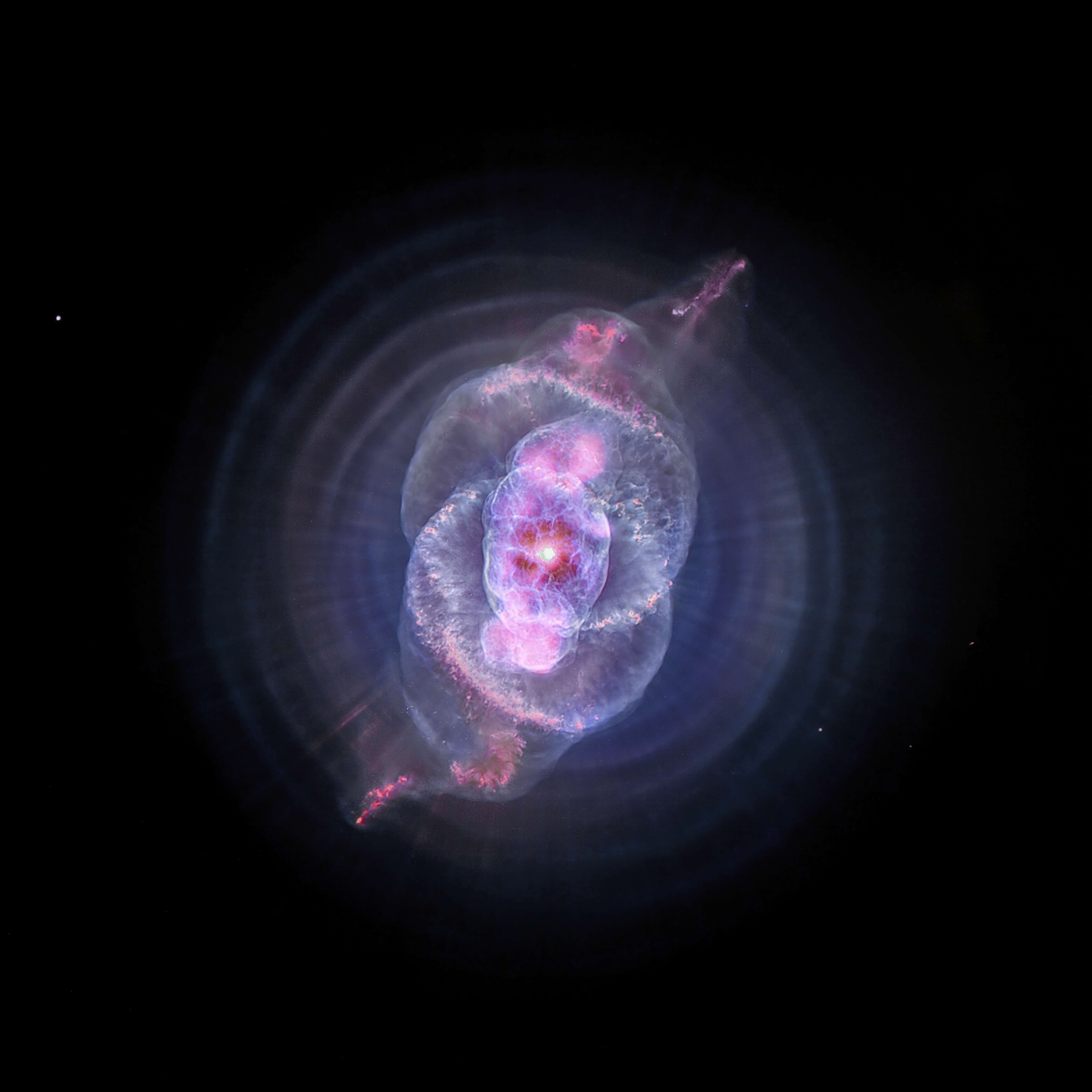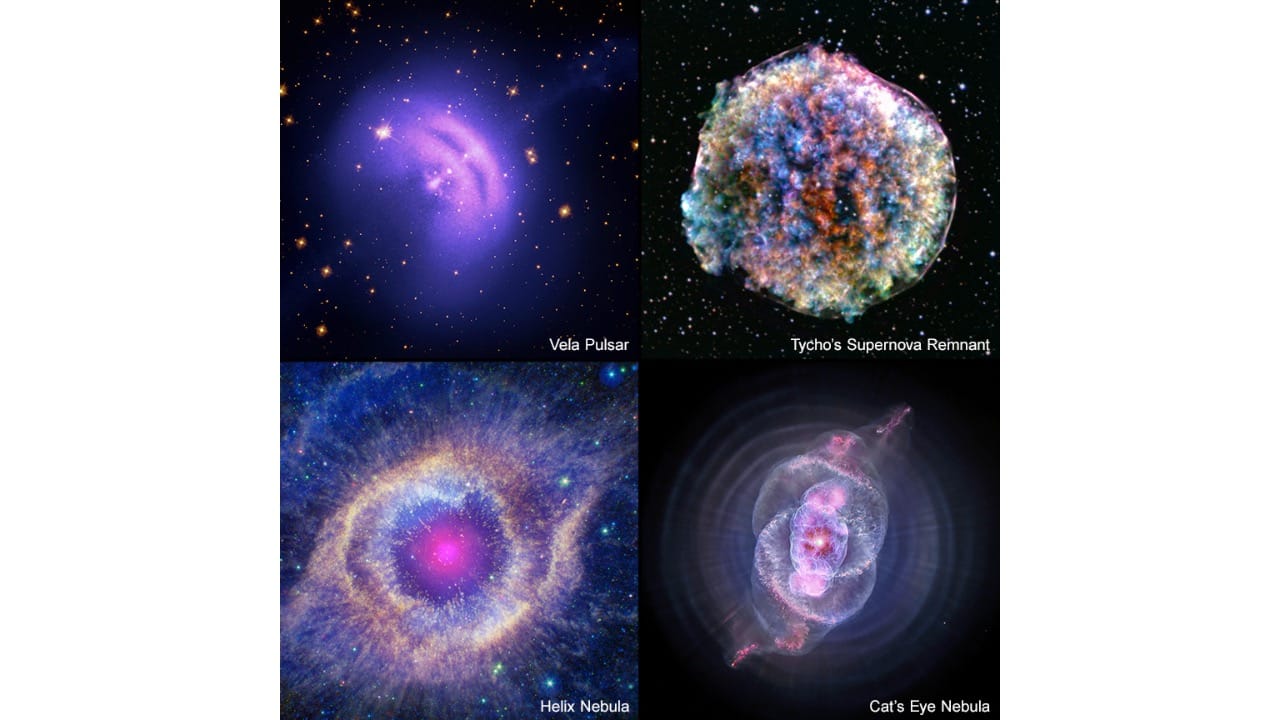A new NASA project is bringing the wonders of the universe directly to Instagram users’ fingertips, an augmented reality (AR) filter that allows users to experience celestial bodies as seen by the Chandra X-ray Observatory and other space telescopes. This Instagram experience coincides with the 25th anniversary of Chandra, NASA’s flagship X-ray space telescope which launched on July 23, 1999.

Also Read: China’s Chang’e 6 Probe Successfully Lands on Far Side of the Moon
NASA has introduced a unique AR filter on Instagram that enables users to interact with 3D models of various cosmic phenomena.
To use the Instagram Chandra experience, users need to search for the “NASAChandraXray” account, select the effects options (indicated by three four-pointed stars) and choose their desired effect. These can be saved to the camera or accessed instantly via the “Try it” button.
Kimberly Arcand, a visualization and emerging technology scientist at the Chandra X-ray Center expressed enthusiasm for the project, highlighting how it brings cosmic data to Earth in an accessible way.
The Instagram experience showcases several celestial objects including remnants of supernova explosions and star-forming clouds of gas and dust.
The 3D models are crafted from Chandra data and observations from other telescopes combined with advanced mathematical modeling.
Seen as a pair of purple arcs with a central faint bar. Approximately 1,000 light-years away. A neutron star formed from the collapse of a massive star, spinning at 11 rotations per second.
Despite being only about 12 miles (20 kilometers) wide, it has twice the mass of the sun making its matter extremely dense.
A tablespoon of Vela pulsar matter would weigh over 1 billion tons, heavier than Mount Everest. The pulsar emits jets from its poles at about 70% of the speed of light.
First spotted in 1572 by Danish astronomer Tycho Brahe. Between 8,000 and 10,000 light-years from Earth. Believed to be a Type Ia supernova, resulting from a white dwarf accumulating material from a companion star until a nuclear explosion destroys it.
Features in the AR filter include X-ray images revealing the remnants of this massive cosmic explosion.
Approximately 650 light-years away in the constellation Aquarius. A planetary nebula which is an expanding shell of gas and dust from a dying star.
The Chandra image highlights the nebula’s central core as a purple blob surrounded by glowing streaks of light.
Located 3,262 light-years away in the constellation Draco. Another planetary nebula known for its twisted spirals of dust and gas.
The Instagram experience reveals detailed 3D models contrasting the blobby purple and blue structures seen in the AR filter with Hubble Space Telescope images.
The program includes data sonification, transforming cosmic data into sound. This effort is part of a Chandra accessibility project running for four years, allows users to hear representations of the data.
This isn’t NASA’s first collaboration with Instagram. Past projects have included virtual tours of NASA mission control, the International Space Station (ISS) and the Perseverance rover on Mars.
Also Read: Billionaire Larry Connor Plans Safe Titanic Submersible Expedition
These experiences have allowed users to explore space-related activities and missions through social media.
An astrophysicist at Italy’s National Institute for Astrophysics (INAF), who helped create 3D models of the Vela pulsar, Tycho’s supernova remnant and the Helix nebula.
A physics researcher and undergraduate at Stanford University who provided data for the Cat’s Eye nebula.
Tom Sgouros, research assistant Alexander Dupuis and undergraduate Healey Koch contributed to programming visual effects and textures for the models.
The AR effects are free and available on Instagram for at least six months. Some of these experiences will remain accessible indefinitely on the Smithsonian’s Voyager 3D website.
The program includes detailed text explanations for each cosmic object ensuring users understand what they are viewing.
Users can access these filters by visiting the ‘NASAChandraXray’ page on Instagram. Upon tapping the effects icon, with a three-star logo, users gain access to five distinct AR filters.
By selecting their preferred filter and clicking “Try it,” users are transported into a virtual universe through their smartphone cameras.
These filters showcase mesmerizing celestial phenomena such as the Vela Pulsar, Tycho’s Supernova Remnant, Helix Nebula, and Cat’s Eye Nebula.
Utilizing multiwavelength images, the filters integrate Chandra X-ray data with optical, infrared, and ultraviolet data.
Crafted from 3D models derived from observational data and mathematical models, these filters offer unparalleled accuracy in depicting cosmic objects.
The inclusion of data sonification allows users to experience celestial data translated into auditory representations.
Collaborations with astrophysicists and researchers have contributed to the creation of these precise 3D models.
Open the Instagram app and search for the ‘NASAChandraXray’ page. Tap on the effects icon, resembling a three-star logo to reveal the range of filters.
Choose a preferred filter and select “Try it” to activate the experience. Users can then point their smartphone cameras to explore the virtual universe in their surroundings.
The release of these filters commemorates the 25th anniversary of the Chandra X-ray Observatory’s launch on July 23, 1999.
These filters augment Instagram’s existing space-themed offerings which include views of NASA mission control and the International Space Station.
The collaboration between NASA and Instagram enriches the platform’s experiences captivating users with the allure of the cosmos.
The NASA Instagram filters are available for free on the Instagram platform for a minimum of six months. Some filters will remain accessible indefinitely on the Smithsonian’s Voyager 3D website.
Also Read: Crows Can Count One to Four, Study Reveals






















